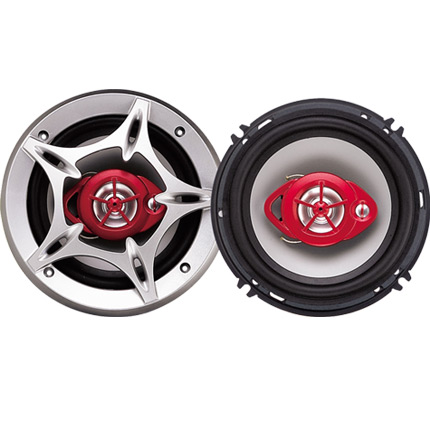High-Performance Braided Hydraulic Clutch Lines for Enhanced Vehicle Control and Responsiveness
The Advantages of Braided Hydraulic Clutch Lines
In the world of automotive engineering, every component plays a crucial role in determining a vehicle's performance, safety, and reliability. Among these components, the clutch line is vital for ensuring smooth and efficient gear shifts. Traditional rubber clutch lines have served their purpose over the years, but the advent of braided hydraulic clutch lines represents a significant upgrade in terms of performance and durability. This article explores the advantages of braided hydraulic clutch lines and why they are becoming increasingly popular among automotive enthusiasts and professionals alike.
Enhanced Durability
One of the primary benefits of braided hydraulic clutch lines is their unparalleled durability. Unlike standard rubber lines that can degrade over time due to heat, exposure to moisture, and environmental factors, braided lines are constructed from stainless steel wire braided around a synthetic rubber core. This design not only protects the internal rubber from external elements but also enhances resistance to abrasion and punctures. Consequently, braided clutch lines can withstand harsher conditions and have a longer lifespan than their rubber counterparts.
Improved Performance
Performance is another critical aspect where braided hydraulic clutch lines shine. The construction of braided lines minimizes expansion under pressure, which is a common issue with rubber lines. When hydraulic fluid is forced through a rubber line, the line may expand slightly, resulting in a spongy feel at the clutch pedal. This can lead to a less responsive clutch engagement and ultimately affect the driver’s control over the vehicle. In contrast, braided lines maintain their rigidity and provide a more immediate and direct response, allowing for smoother and more precise clutch operation.
Temperature Resistance
braided hydraulic clutch line

Clutch systems can generate a significant amount of heat during operation, especially in high-performance applications. Braided hydraulic clutch lines are designed to withstand extreme temperatures without losing integrity. The high-quality materials used in their construction are not only heat-resistant but can also operate effectively under various temperature conditions. This attribute is particularly advantageous for performance cars and racing applications, where the clutch system is subjected to intense stress and heat.
Aesthetic Appeal
Aside from their functional benefits, braided hydraulic clutch lines offer aesthetic advantages that many car enthusiasts appreciate. The stainless steel braid provides a sleek, polished look that can enhance the overall appearance of the engine bay. For those who take pride in their vehicle's aesthetics as much as its performance, braided lines can complement the car's design and showcase the attention to detail that goes into automotive upgrades.
Easy Installation
Installing braided hydraulic clutch lines is often more straightforward than one might expect. Many aftermarket options are designed as direct replacements for factory lines, which means they can be installed without significant modifications. Additionally, most braided lines come with pre-fitted fittings and adapters, ensuring a hassle-free installation process. For automotive enthusiasts looking to upgrade their clutch system, braided lines provide a relatively simple and effective enhancement.
Conclusion
In summary, braided hydraulic clutch lines offer a multitude of benefits over traditional rubber lines. With their enhanced durability, improved performance, resistance to temperature extremes, aesthetic appeal, and ease of installation, it's no wonder they are gaining popularity in the automotive community. Whether for everyday driving or high-performance applications, investing in braided hydraulic clutch lines can significantly improve the reliability and responsiveness of a vehicle's clutch system. As technology continues to advance, the role of components like these braided lines will undoubtedly become even more critical in the quest for better performance and safety in modern vehicles.
-
Upgrade Your Control with Premium Throttle CablesNewsAug.08,2025
-
Stay in Control with Premium Hand Brake CablesNewsAug.08,2025
-
Experience Unmatched Performance with Our Clutch HosesNewsAug.08,2025
-
Ensure Safety and Reliability with Premium Handbrake CablesNewsAug.08,2025
-
Enhance Your Vehicle with High-Performance Clutch LinesNewsAug.08,2025
-
Elevate Your Ride with Premium Gear CablesNewsAug.08,2025
